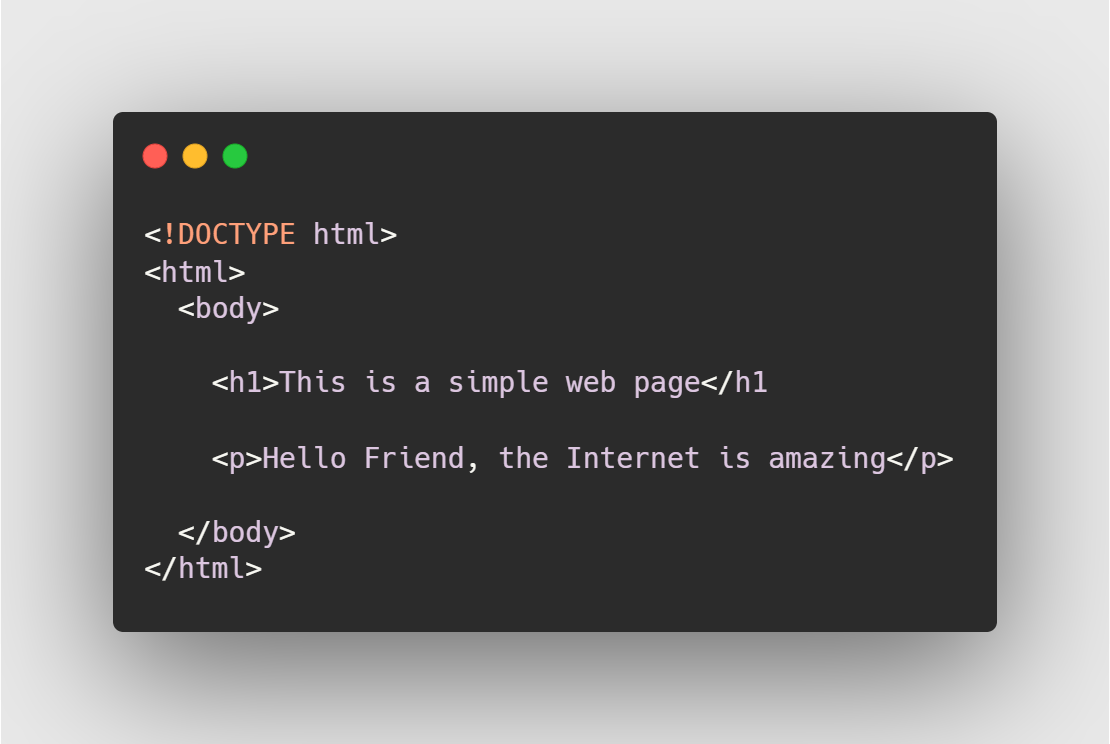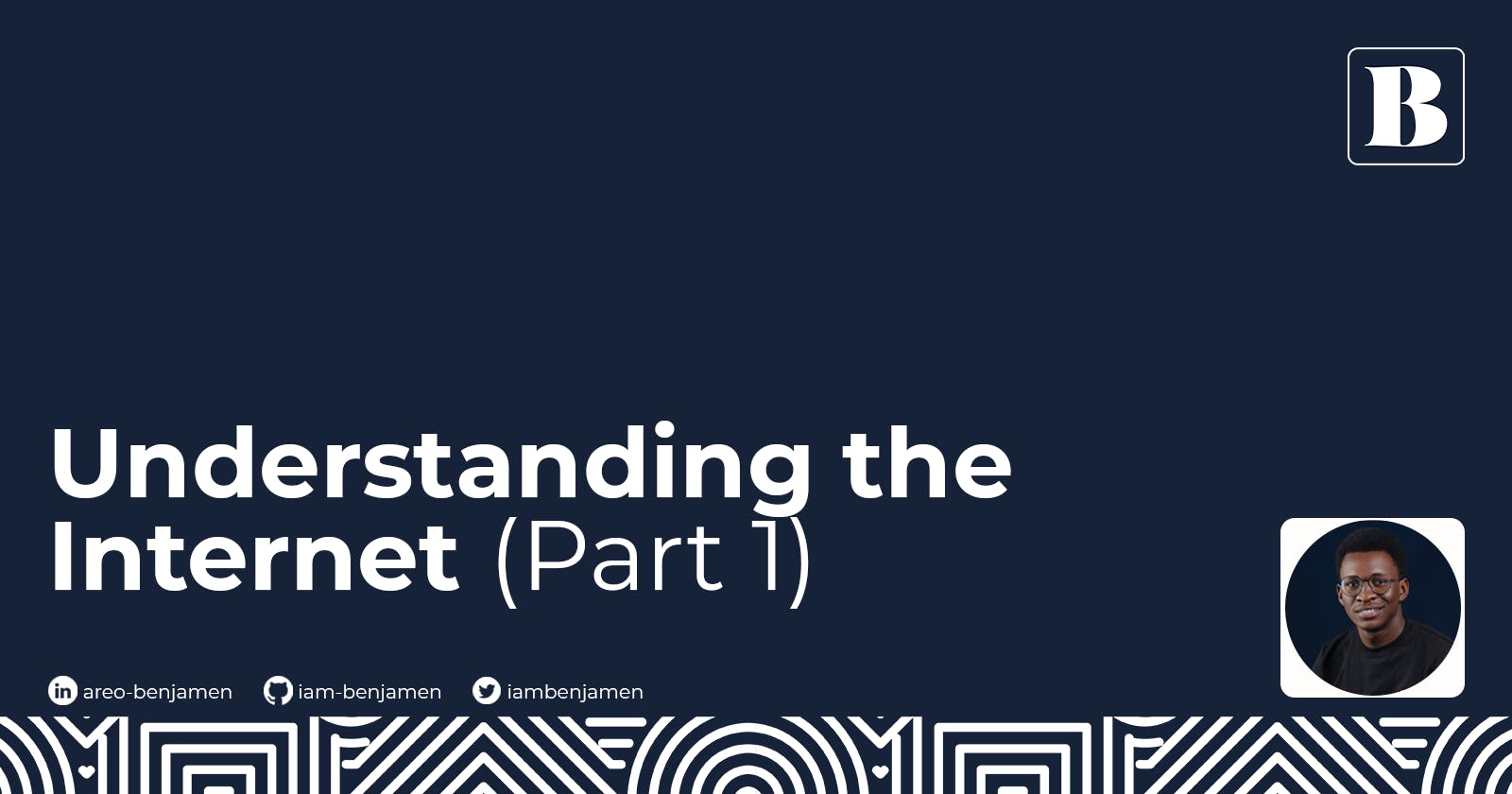Understanding the Internet I (Basics)
A concise explanation for technical people
INTRODUCTION
What happens when you open your browser and type in a URL address, say www.hashnode.com into the search bar, and hit enter. While you wait for the texts and images to magically appear, have you ever thought about the processes that happen behind the scene, sometimes within milliseconds to get the resource you seek? Who cares, right? Well, the fact that you're reading this shows you care. In this series, we'll be taking a deep dive into the inner workings of the Internet and I'll be explaining as simply as possible, how the Internet really works.
HISTORICAL BACKGROUND
A brief jog down history lane. The earliest recorded mention of the Internet was at the turn of the century when Scientist and Inventor Nikola Tesla predicted, in an interview, a "world wireless system", a system that would make it possible to transmit signals, resources such as texts, images, etc using wireless technology. In his own words,
When wireless is perfectly applied, the whole earth will be converted into a huge brain, which in fact it is...We shall be able to communicate with one another instantly irrespective of distance.
Amazing Prediction! Nikola lived way ahead of his time. The prophecy didn't materialize until the late 1900s. During the cold war, APRA(Advanced Research Projects Agency) afraid that the Russians could destroy the traditional American telephone system, began to seek alternative means of communication. The first wireless message was successfully transmitted in October 1969.
Enough of the history lesson, let's dive right into it.
DEFINITION
What exactly is the Internet? The Internet is a vast network of interconnected computers. Simply, it's computers talking to computers. Some computers (called clients) request information, while some(called servers), respond to the requests and send back data.
Despite the layers of abstraction that characterize the wireless system of communication today (world wide web, emails, mobile & desktop applications) with enterprises taking advantage of the internet to build multi-billion-dollar businesses online, and other ‘crazy stuff’ we can’t imagine going on “in the air’’. At the core of it all, the internet is simply a network of computers with one singular goal - to move information from one location to another.
Wait a sec, what is the World Wide Web? Is that another name for the internet?
Internet vs World Wide Web
Although safely used interchangeably, the internet is not the same as the World Wide Web. The world wide web (simply called web), created by software engineer Tim Berners-Lee is a collection of public websites housed on the internet.
Berners Lee took advantage of the existing internet technology and created a subset of the internet that could enable anyone to access documents and other web resources. The web is a standardized means of accessing and sharing information on the internet but not the only means. Email and mobile apps for example run on different platforms, they do not use the www to navigate the internet.
Barners Lee’s work was centered on three major components. These components are the essential pieces of technology required to make the web work. They are:
- HTML (HyperText Markup Language)
HTML is the language of the web. It is the standardized way of presenting content(text & images) on the web. The web doesn’t understand English or French, it speaks HTML. Let's check out a very simple HTML code that displays a header and a paragraph with some text.

- URI (Uniform Resource Identifier)
How does the web locate just the exact resource being requested? It takes advantage of URI. Every resource on the World Wide Web gets a unique identifier. Without the URI, finding specific information on the web would be like searching for a pin in a haystack. URIs may be used to identify anything, including real-world objects, such as people and places, concepts, or information resources such as web pages and books. (Source - wikipedia). The common type of URI is the Uniform Resource Locator(URL) also called web address. URLs (e.g www.twitter.com/iambenjamen) specify the location of the data being requested.
- HTTP (Hyperlink Transfer Text Protocol)
HTTP is responsible for communication between web servers and web browsers. It is a protocol for transmitting hypermedia documents (graphics, audio, video, plain text, and hyperlinks) when a request is initiated by the browser. Basically, when you enter an URL into a web browser, you are opening a two-way connection that uses an HTTP command to find and retrieve the web page with that identifier. The HTTP remains a very vital component of wireless communication, without it, there can be no communication between the client and server.
CONCLUSION
The Internet has grown to become a key part of our lives, putting an enormous amount of information and opportunities at our fingertips. I certainly cannot imagine a world without it.
In the next part of this series, we will dive deeper into the technology that powers the Internet. Thanks for reading! Kindly share your thoughts in the comment section below.
